American History Tour on the East Coast
Study Political Science & Discover the Life of Abraham Lincoln
The Worldwide Navigators Difference

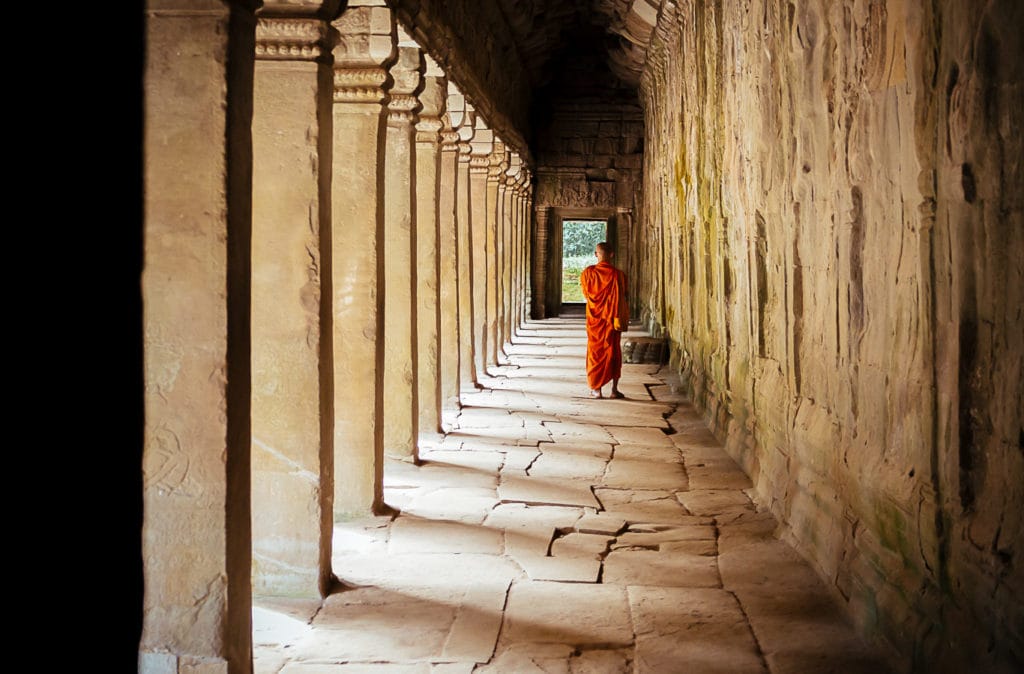
Sojourn – Gain a better understanding of the community you’re visiting. Learn about different religions or spiritual practices. How do these impact the communities? How does religion or spirituality influence local traditions?
1 of 1

Savor – Will you choose sweet or savory? Take the time to visit local markets and discover unique local ingredients. Learn how to prepare traditional meals & local favorites.
1 of 1
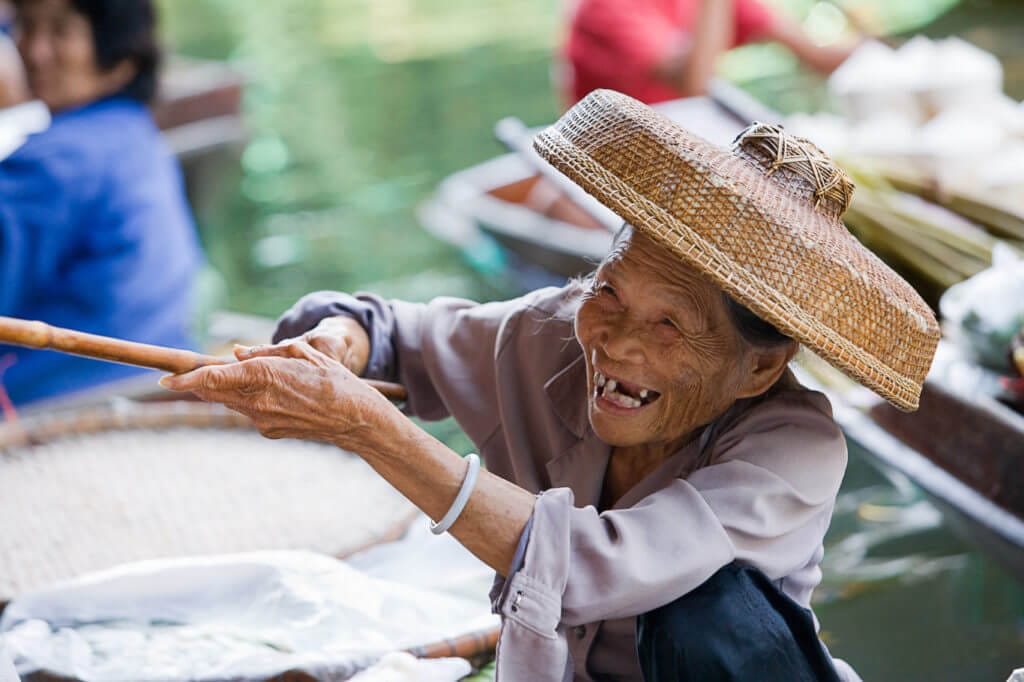
Tip of the Tongue – Each morning, take the time to learn a few basic greetings and phrases in the local language. Learn how to write greetings & your name in the local script.
1 of 1
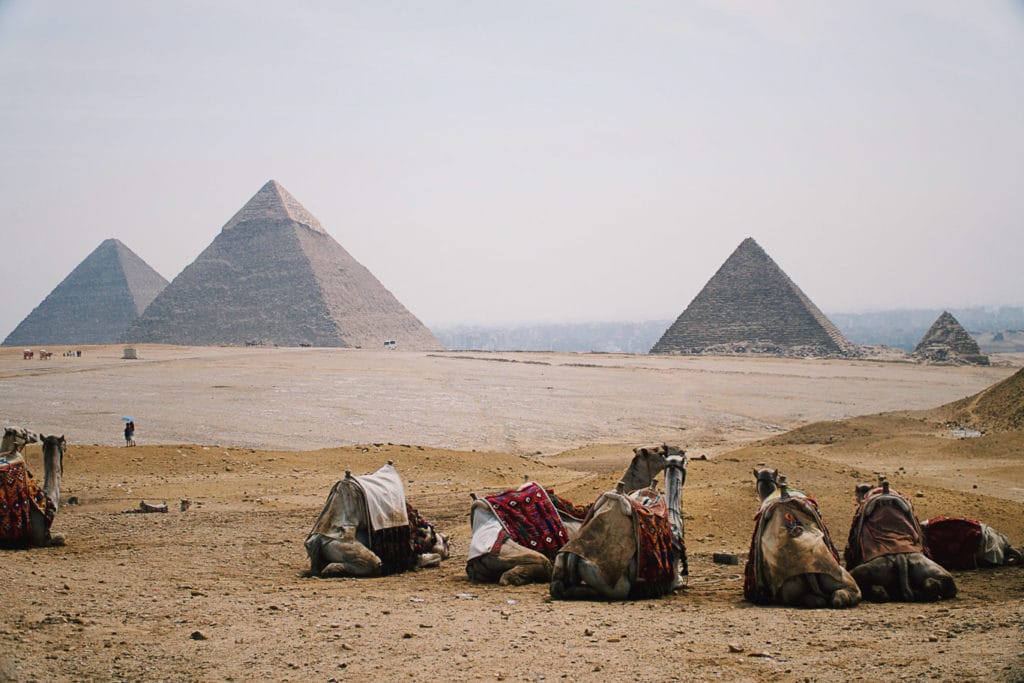
A Wrinkle in Time – History influences our present. Discover the history of the country you visit. Hear the stories of your guides & their family history. Where do they come from?
1 of 1
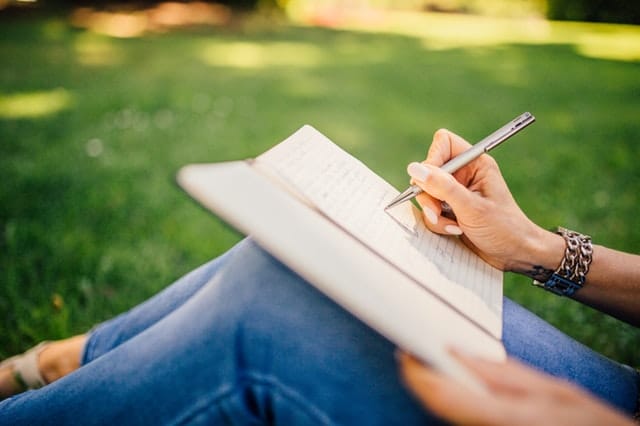
Journal Journeys – Take some time to reflect on the day’s events and document your journey. Spend a moment journaling about the day had & day ahead. These are memories for a lifetime!
1 of 1
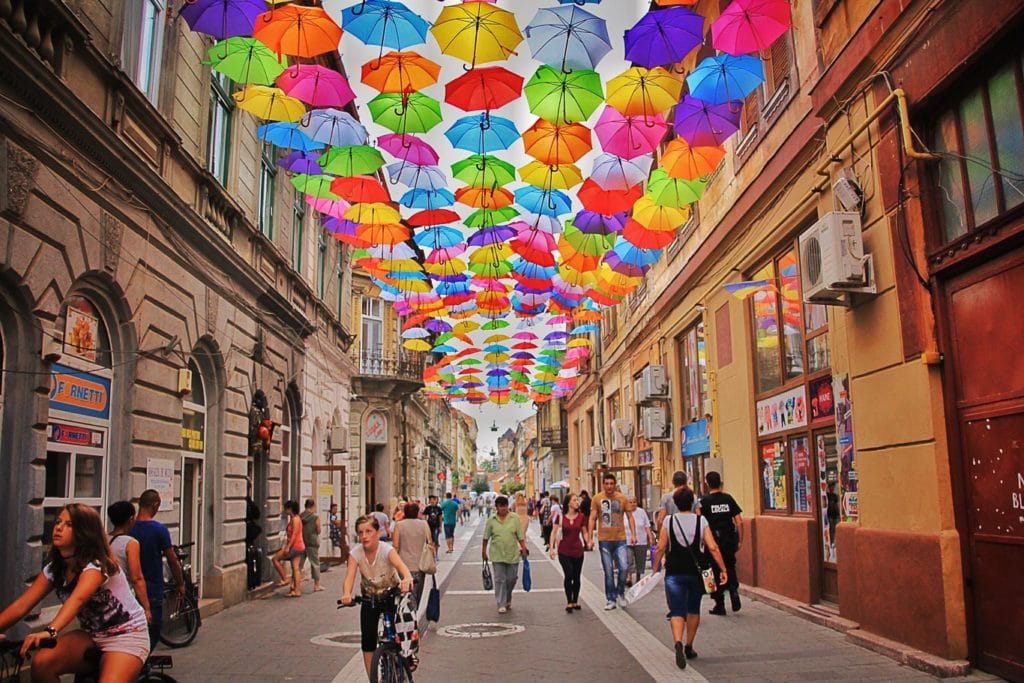
Culture – From local dances, festivals, or simple gestures to communicate – all of these make up a country’s culture. Learn and practice cultural norms & how to show respect in the culture you visit.
1 of 1Itinerary
As you arrive in Gettysburg, you’ll get acquainted with your guide. Find a great place for dinner and get ready for a full week ahead.
No Abraham Lincoln political science tour is complete without a visit to Gettysburg, the site of the Civil War’s bloodiest battle and the inspiration for Lincoln’s Gettysburg Address. Part of the National Park Service, it consists of a museum and visitor center, the battlefield and its historical sites. You’ll spend the day touring the town and the battlefield.
This morning you’ll travel from Gettysburg to the nation’s capital in Washington, D.C., about an hour and a half drive. You’ll visit the iconic Lincoln Memorial and tour the White House. The White House copy of the Gettysburg Address is on display in the Lincoln Bedroom. That room was used as Lincoln’s office and cabinet room when he was in office. Take a peek at Lincoln’s top hat at the National Museum of American History.
Today, you’ll be visiting the National Portrait Gallery, where there is a collection of presidential portraits that includes Lincoln. Next up is Ford’s Theatre, where Lincoln was assassinated on April 14, 1865. There’s a museum that recounts Washington, D.C. during the Civil War and Lincoln’s life and death through exhibits, artifacts and presentations as well as the impact that his assassination had on the nation. The working theatre performs plays and musicals that include “Into the Woods,” “Guys and Dolls” and “A Christmas Carol.” There’s a 34-foot tower of books about Lincoln.
Today you’ll travel about 90 minutes to Richmond, Virginia and the remainder of your trip. Lincoln visited Richmond in April 1865 after the city was evacuated.
The American Civil War Center at Historic Tredegar is the main visitor center for the Richmond National Battlefield Park. The Ironworks foundry opened in 1837 when Richmond was the iron and coal center of the South. It manufactured cannons for the Confederacy and armor plating for warships. The building is now a museum that tells the story of the Civil War from the standpoint of Union, Confederate and African-American perspectives. There’s a bronze statue of Lincoln and his son Tad by sculptor Louis Frec.
You’ll walk along Richmond’s Canal Walk and Brown’s Island where you can walk across the James River via the T. Potterfield Memorial Bridge, which features quotes (some by Lincoln) inscribed on the floorboards. You’ll get a great view of downtown Richmond and the river from this vantage point. There are art installations, benches and historic plaques along the way.
You’ll also drive down historic Monument Avenue with its massive statues of Confederate generals Robert E. Lee, J.E.B. Stuart, Jefferson Davis, Thomas “Stonewall” Jackson and Naval officer Matthew Fontaine Maury.
Today you’ll visit Chimborazo Medical Museum, which was the South’s largest hospital at the time of the Civil War. It tells the story of military hospital life through exhibits of original medical instruments and other artifacts.
The White House of the Confederacy, a National Historic Landmark, is next. Lincoln visited the White House of the Confederacy during his trip to Richmond in 1865. It was once occupied by Jefferson Davis, President of the Confederate States. Lincoln met with a delegation about how to end the war peacefully. The next day, he talked some more and left on a ship from Rocketts Landing. General Robert E. Lee surrendered at Appomattox Courthouse, in Virginia, four days later.
While in Richmond, Lincoln left an impression of an honorable leader and peacemaker who was willing to talk to anybody who wanted to talk to him. In other words, he came as an equal, not a conqueror.
On your last morning in Richmond, enjoy a walk along the cobblestone streets and renovated tobacco warehouses of the historic district.
Your political science tour takes you from battlefields to monuments, mansions and theaters through the personality and perspective of Abraham Lincoln.
Value
3-6 Day
Group Trips
- Airfare
- Transportation
- 2.5 - 3-Star Accommodations
- Daily Activities & Excursions
- 2 Meals Per Day
- Tours & Entrance Fees
- Daytime & Self-Guided Tour Director
- 1 Impact Project
Classic
7-12 Day
Group Trips
- Airfare
- Transportation
- 2.5 - 3-Star Accommodations
- Daily Activities & Excursions
- 2 Meals Per Day
- Tours & Entrance Fees
- Daytime Guided Tour Director
- Up to 2 Impact Projects
Epic
7-14 Day
Group Trips
- Airfare
- Transportation
- 3.5 - 4-Star Accommodations
- Daily Activities & Excursions
- 2 Meals Per Day
- Tours & Entrance Fees
- 24/7 Guided Tour Director
- Up to 3 Impact Projects
- Final Night Celebration Dinner
Interested in adding or modifying activities? No problem! All Worldwide Navigator itineraries can be customized to your liking!
In collaboration with our partners


